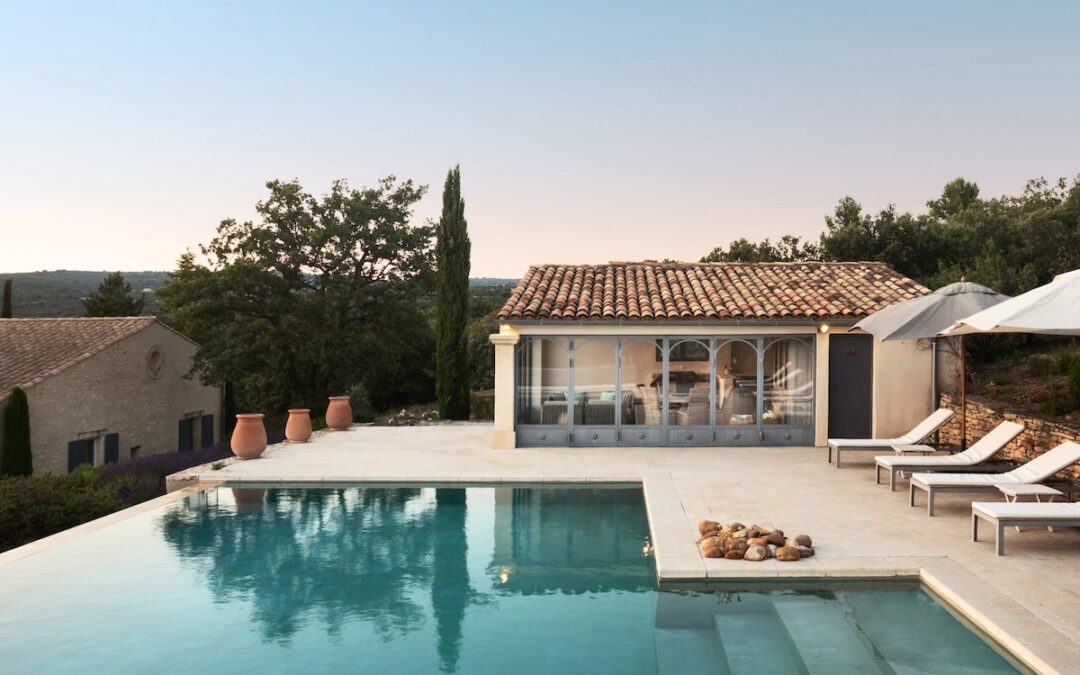Maintaining a swimming pool is crucial to ensuring a safe and clean swimming experience. Among various maintenance tasks, one of the most significant is shocking the pool. This process helps in keeping your pool water clear and free from harmful bacteria. However, many pool owners often wonder, how long to wait to swim after shocking pool? This question is vital for ensuring both pool safety and the effective functioning of the chlorine used in shocking.
The time to wait before swimming is important for maintaining safety and for the chemicals to work effectively. This article unfolds everything you need to know about pool shocking and the necessary steps to enjoy a safe swim.

Understanding Pool Shocking
Before diving into the details of waiting to swim, its important to understand what pool shocking entails. Pool shocking is the process of adding a high dose of chlorine or other chemical agents to the swimming pool to kill bacteria and contaminants. This is often necessary after heavy pool use, an algae bloom, or heavy rain.
Why is Pool Shocking Important?
Maintaining a balanced chemical level in a pool can be challenging but critical for keeping the water safe and clean. Shocking the pool helps in eradicating bacteria, reducing odors, and breaking down chloramines which can cause skin and eye irritation. This process ensures that your pool remains a healthy place for swimming.
Types of Pool Shocks
1. Calcium Hypochlorite
Known as cal-hypo, it’s a popular shock option due to its availability and effectiveness.
2. Sodium Dichlor
This is a stabilized chlorine shock, which minimizes chlorine loss in sunlight.
3. Potassium Peroxymonosulfate
This non-chlorine shock is ideal for regular use as it does not contain chlorine.
The Waiting Game: How Long to Wait?
The time it takes for chlorine levels to drop to safe levels after shocking can vary greatly depending on the type of shock and the current state of the pool water. As a general rule, it is recommended to wait at least 24 hours after shocking the pool, although waiting time can vary.
Monitor Chlorine Levels
The most reliable way to determine if it’s safe to swim is to check the chlorine levels. They should fall between 1 and 3 ppm (parts per million). You can use test strips or a testing kit to measure the chlorine level in your pool.
Factors Influencing Waiting Time
Several factors can influence how long you need to wait to swim after shocking your pool, including:
1. Amount of Shock Used
Heavier doses require longer waiting periods.
2. Water Temperature
Warmer temperatures can speed up chlorine dissipation.
3. Circulation System
Proper circulation helps distribute chemicals evenly and aids in faster dissipation.
Signs That It’s Safe to Swim
Apart from testing the chlorine levels, there are a few signs that can indicate whether it’s safe to swim:
No Strong Chlorine Smell
A lingering strong chlorine odor can indicate high chlorine levels.
Clear Water
Cloudy or murky water is a sign that it’s not safe to swim.
Tips for Safe Swimming After Pool Shocking
1. Testing Kits
Always have a reliable testing kit on hand to measure chemical levels accurately.
2. Patience is Key
Ensuring chemical levels are safe is more important than getting in the pool immediately.
3. Follow Manufacturer Guidelines
Always follow the instructions provided by the shock product manufacturer for the best results.
ML Algorithms in Leak Detection
Conclusion
Understanding how long to wait to swim after shocking pool ensures a safer swimming environment and effective pool maintenance. Though waiting might test your patience, prioritizing safety over haste results in an enjoyable swimming experience for everyone involved.

Frequently Asked Questions
How soon can I swim after using a non-chlorine shock?
You may swim within 15 minutes, although verifying water balance is recommended.
Can I swim with a mild chlorine smell?
A mild smell usually indicates safe chlorine levels, but testing is the best approach.
Does the pool need to be shocked more frequently in hot weather?
Yes, higher temperatures can increase chlorine demand, requiring frequent shocks.
This article contains affiliate links. We may earn a commission at no extra cost to you.

